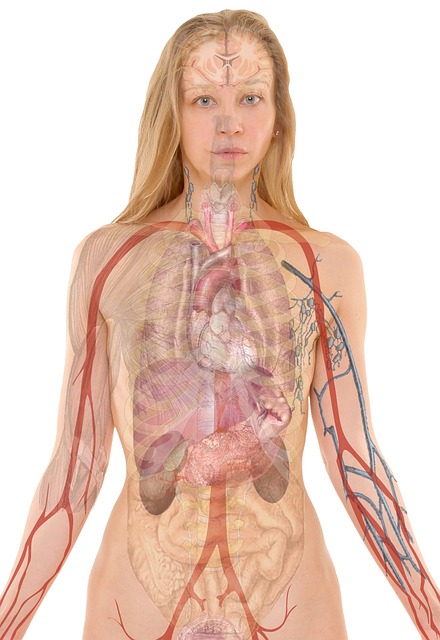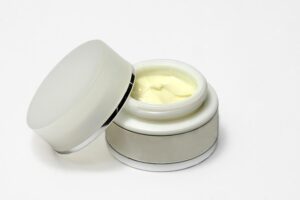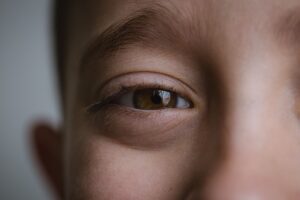Unveiling RF Skin Resurfacing: Benefits, Safety, and Expert Guidance

RF Skin Resurfacing, powered by radiofrequency energy, is a non-invasive skincare treatment stimulat…….
Skin resurfing, a revolutionary skincare procedure, has captured the attention of dermatologists, aesthetic practitioners, and individuals seeking to achieve flawless skin. This article delves into the intricate world of skin resurfacing, exploring its various techniques, global impact, economic implications, and the technological innovations shaping this dynamic field. By unraveling its historical roots, analyzing current trends, and examining the challenges it faces, we aim to provide a comprehensive understanding of skin resurfing’s significance and its role in transforming appearances worldwide.
Skin resurfacing, at its core, is a dermatological procedure designed to renew and rejuvenate the skin’s surface. It involves carefully ablating or removing the outermost layers of skin to stimulate collagen production and reveal smoother, more youthful-looking skin beneath. This process addresses various skin concerns, including fine lines, wrinkles, acne scars, and uneven skin texture.
Historically, skin resurfacing techniques have evolved significantly since their inception in the early 20th century. The initial methods, such as dermabrasion and chemical peels, involved mechanical or chemical exfoliation to remove damaged skin cells. Over time, advancements led to more precise and targeted approaches, including laser-based treatments and microdermabrasion.
Core Components:
Skin resurfing has transcended geographical boundaries, captivating individuals across the globe. However, its popularity varies across regions, influenced by cultural norms, climate, and accessibility to advanced technologies.
The global skin resurfing market is experiencing robust growth, driven by an aging population, increasing disposable incomes, and a growing preference for aesthetic enhancements.
Skin resurfing’s evolution is characterized by technological breakthroughs that have revolutionized the field. These advancements offer improved safety, precision, and effectiveness, setting new standards for patient outcomes.
Case 1: Fractional Laser Resurfacing for Anti-Aging
Patient Profile: A 45-year-old female seeking to reduce fine lines and improve skin texture.
Procedure: She underwent a non-invasive fractional laser treatment using the Fraxel Dual system.
Outcomes: After three sessions spaced over several months, the patient experienced significant improvements in skin tone, texture, and the appearance of fine lines around the eyes and forehead.
Case 2: Microneedling for Acne Scar Revision
Patient Profile: A 30-year-old male with atrophic acne scars.
Procedure: A professional-grade microneedling device was used to create controlled micro-channels in the skin, stimulating collagen production.
Outcomes: After a series of treatments, the patient’s acne scars were significantly reduced, achieving a more even skin texture and improved overall appearance.
While skin resurfing procedures are generally safe when performed by qualified professionals, there are potential risks and side effects to consider. Understanding these is crucial for setting realistic expectations and ensuring patient safety.
Proper patient education and aftercare protocols are vital for ensuring positive outcomes and fostering patient satisfaction.
The field of skin resurfing is continually evolving, with researchers and developers pushing the boundaries of what’s possible. Emerging trends suggest a future focused on precision, personalization, and minimally invasive procedures.

RF Skin Resurfacing, powered by radiofrequency energy, is a non-invasive skincare treatment stimulat…….

RF Skin Resurfacing offers a non-invasive, personalized approach to skin rejuvenation, utilizing foc…….

RF Skin Resurfacing is a non-invasive cosmetic procedure using radiofrequency to stimulate collagen…….

RF Skin Resurfacing offers a non-invasive skincare solution using focused radio waves to stimulate c…….

RF Skin Resurfacing is a non-invasive, cost-effective skin rejuvenation method using radiofrequency…….

RF Skin Resurfacing is a non-invasive dermatological procedure utilizing radiofrequency technology t…….

RF Skin Resurfacing is a non-invasive cosmetic treatment using radiofrequency waves to stimulate col…….

RF Skin Resurfacing is a non-invasive skincare treatment using radiofrequency energy to stimulate co…….

RF Skin Resurfacing is a non-invasive aesthetic treatment that uses focused radio waves to stimulate…….